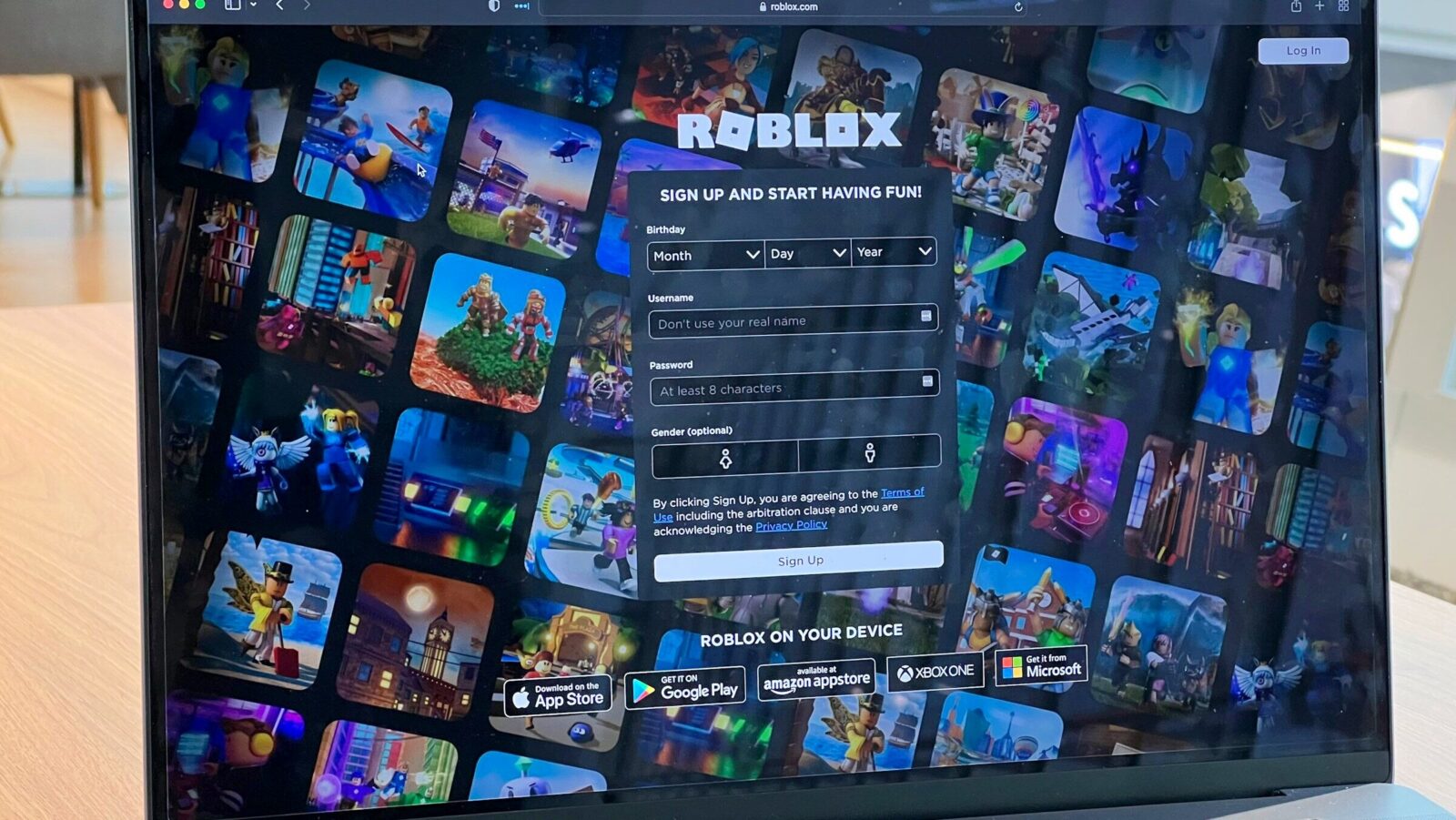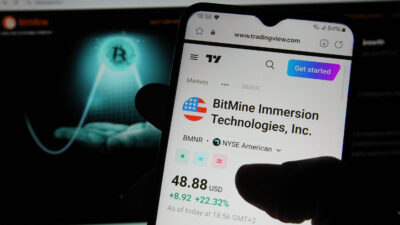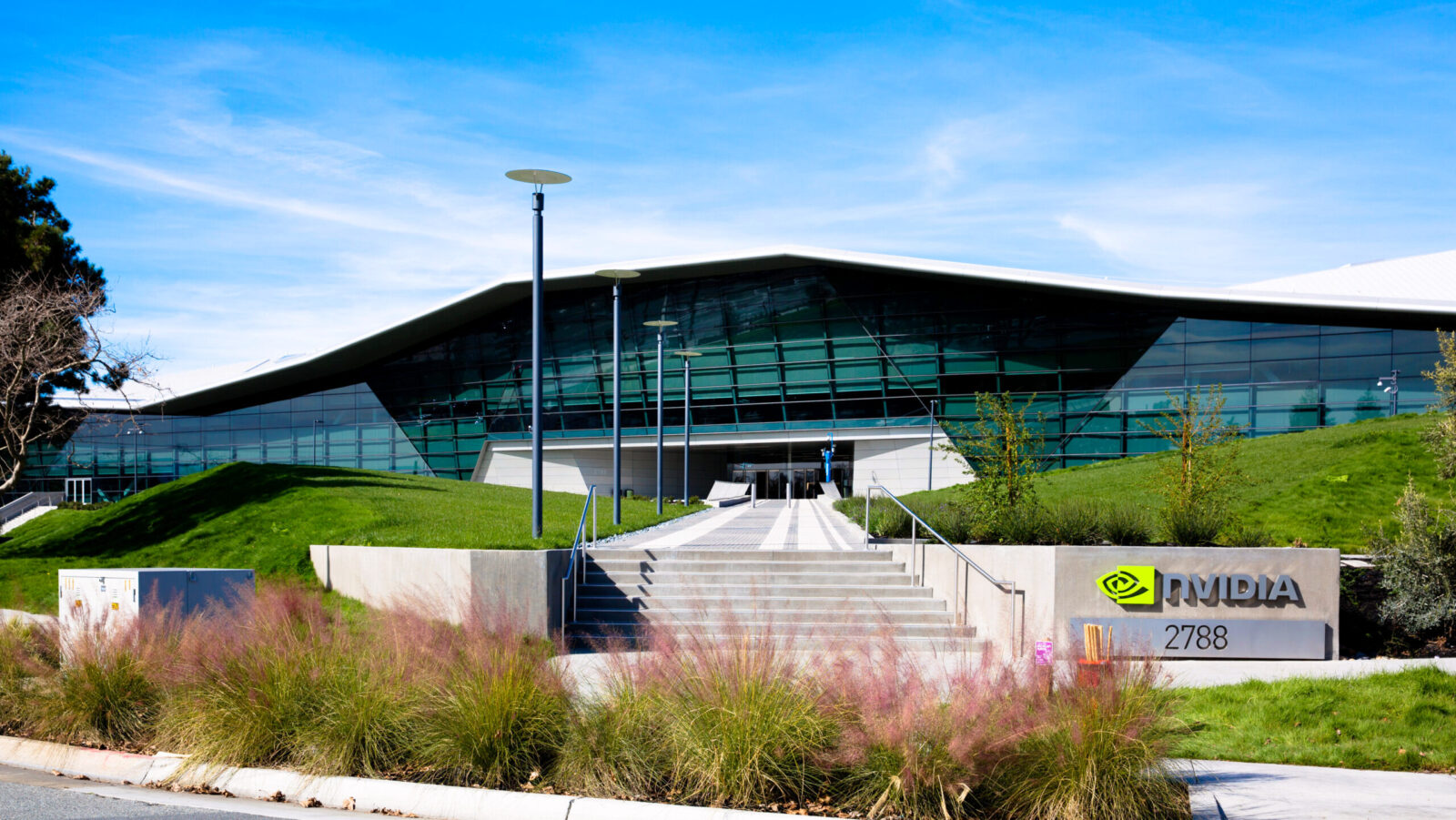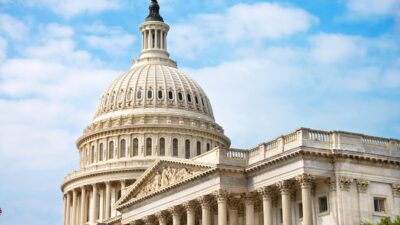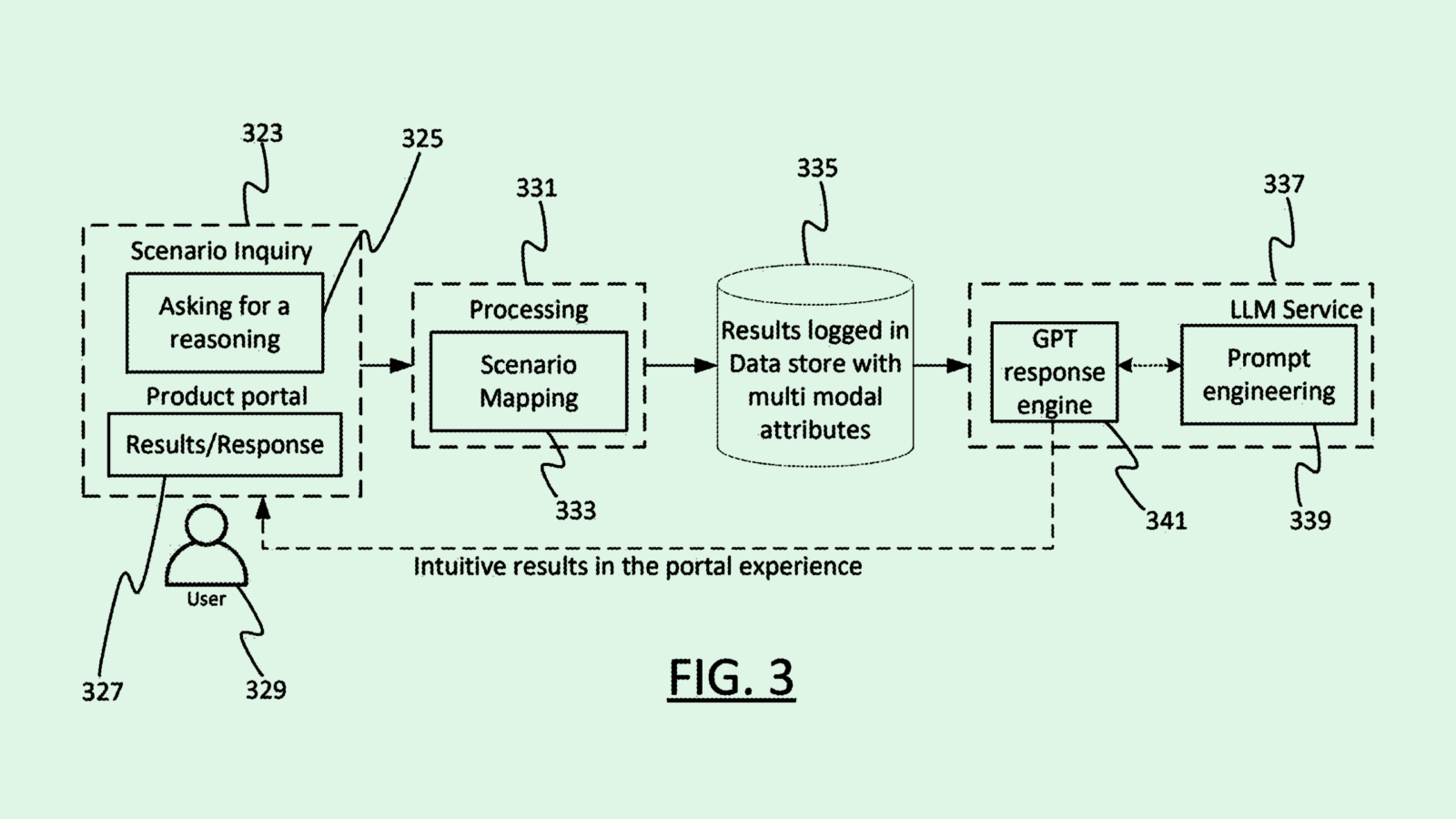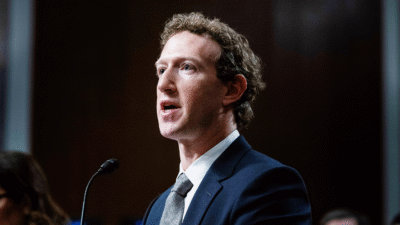Klarna Proves it Can Win Even With High Interest Rates
Klarna, which is planning a US public debut as soon as early 2025, announced stellar first-half results for 2024.
Sign up for smart news, insights, and analysis on the biggest financial stories of the day.
Klarna isn’t paying a high price — now or later — for high interest rates.
The preeminent buy now, pay later (BNPL) firm, which is planning a US public debut as soon as early 2025, announced stellar first-half results for 2024 on Tuesday. The company swung back to a profit, demonstrating that its success isn’t entirely reliant on ultra-low interest rates in the process.
AI Now Pays Off Later
It’s been a rollicking few years for Klarna, and returns have come in the form of anything but four equal, even installments. The firm — founded in Stockholm way back in 2005 — says it was profitable all the way through 2019. Then came an aggressive US expansion, during which it suffered expected losses. Still, by June 2021, Klarna remained enough of a startup darling to score a monstrous $46 billion valuation in a fundraising round led by SoftBank. Then came inflation. And then came a rapid spike in interest rates — an alpine-size anvil for a de facto loan company — helping to squash its valuation all the way down to just $6.7 billion by its next fundraising round in July 2022.
After four straight years of losses, Klarna last November announced it had eked out a profit of around $12 million in the prior quarter. On Tuesday, it said that its winning streak continued, with an adjusted profit of around $66 million in H1, up $108 million year-on-year. New tech and new strategies helped Klarna hit the mark:
- In June, sources told Bloomberg that Klarna, among other BNPL firms like Affirm and PayPal, began selling debt backed by consumer loans as securities on the private market. By selling the asset-backed securities, Klarna has found a backdoor to cheap funding amid high interest rates.
- Meanwhile, the company has been on an aggressive cost-cutting, human-replacing mission. CEO Sebastian Siemiatkowski told the Financial Times on Tuesday that the company has reduced its headcount from around 5,000 employees to 3,800 in the past year, with many marketing and customer service employees replaced by AI.
That may just be the start. “Not only can we do more with less, but we can do much more with less,” Siemiatkowski told the FT. “Internally, we speak directionally about 2,000 [employees]. We don’t want to put a specific deadline on that.”
Second Time’s the Charm: The BNPL trend may be coming back in full force. On Tuesday, Australia-based BNPL operator Zip said that it was in talks with Apple to integrate its payments service on iDevices in the US. Of course, Apple launched its own BNPL service, Apple Pay Later, in October last year, only to shutter the service entirely in June.

